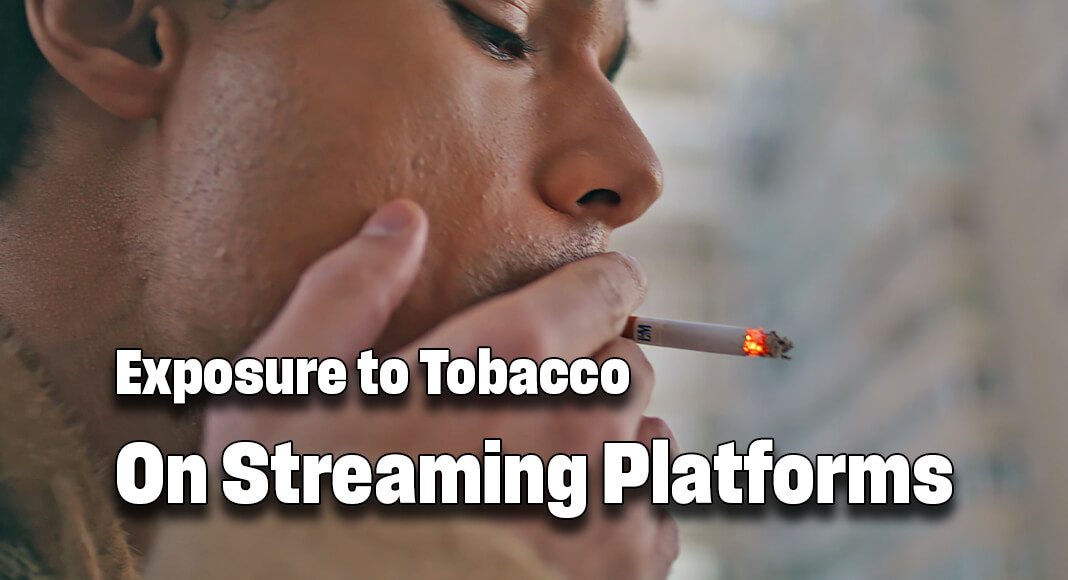
Mega Doctor News
MD Anderson – Tens of millions of Americans are being exposed to tobacco content on streaming services, according to new research from The University of Texas MD Anderson Cancer Center. The researchers found that the odds of encountering tobacco products being advertised, marketed or promoted on these platforms increased based on race, ethnicity, socioeconomic status and smoking habits.
The nationally representative study, published today in JAMA Network, revealed an estimated 12.4% of American adults were exposed to tobacco promotion on streaming services. Exposure was highest among those with a high school education or less (16.4%), Black/African American respondents (19.4%), Hispanic respondents (16.4%), those with an annual household income less than $20,000 (17.6%), and current smokers (17%).
“When viewers see a character smoking, vaping or using tobacco in any form, it can reduce the stigma associated with these behaviors,” said lead author Sanjay Shete, Ph.D., professor of Biostatistics and Epidemiology. “If a hero or main character smokes, it can subconsciously signal that it’s acceptable, leading some, including America’s youth, to take the first step on the path to smoking.”
The respondents, chosen from the National Cancer Institute’s Health Information National Trends Survey (conducted March 7- November 8, 2022) were asked if they had noticed or heard any tobacco products being advertised, marketed or promoted on television or streaming platforms (including Netflix and Hulu) over a three-month period. Over 90% of survey participants responded to this question.
The World Health Organization recommends a complete ban on all forms of tobacco advertising and promotion. While cigarette advertisements on traditional television and radio have been banned in the U.S. since the 1970s, these regulations do not extend to portrayals of tobacco in modern streaming content. Shete notes concerns that this gap may allow tobacco companies to subtly target and influence vulnerable populations while circumventing existing restrictions.
“As these popular platforms continue to dominate the entertainment space, it becomes increasingly important to consider regulations for this content, especially given the potential for exploitation,” Shete said. “These types of public health interventions can contribute to a healthier and more equitable society by preventing individuals from engaging in behaviors that can increase their risk of cancer and other diseases.”
Limitations of the study include low-response bias associated with population-based surveys, lack of data on the duration of exposure to the tobacco content, the subjective nature of the questionnaire and not including Americans younger than 18.
Given that streaming platforms use limited ads and prohibit tobacco advisements, most reported exposures are likely due to tobacco use depictions in shows and movies. This type of promotion is difficult to regulate, as it is unclear whether tobacco companies fund such depictions, or if they constitute artistic choices made by content creators.
The research was funded by the National Cancer Institute (P3OCA016672), the Betty B. Marcus Chair in Cancer Prevention, and the Duncan Family Institute for Cancer Prevention and Risk Assessment. A full list of collaborating authors and their disclosures can be found here.
Information Source: MD Andersen News Release











